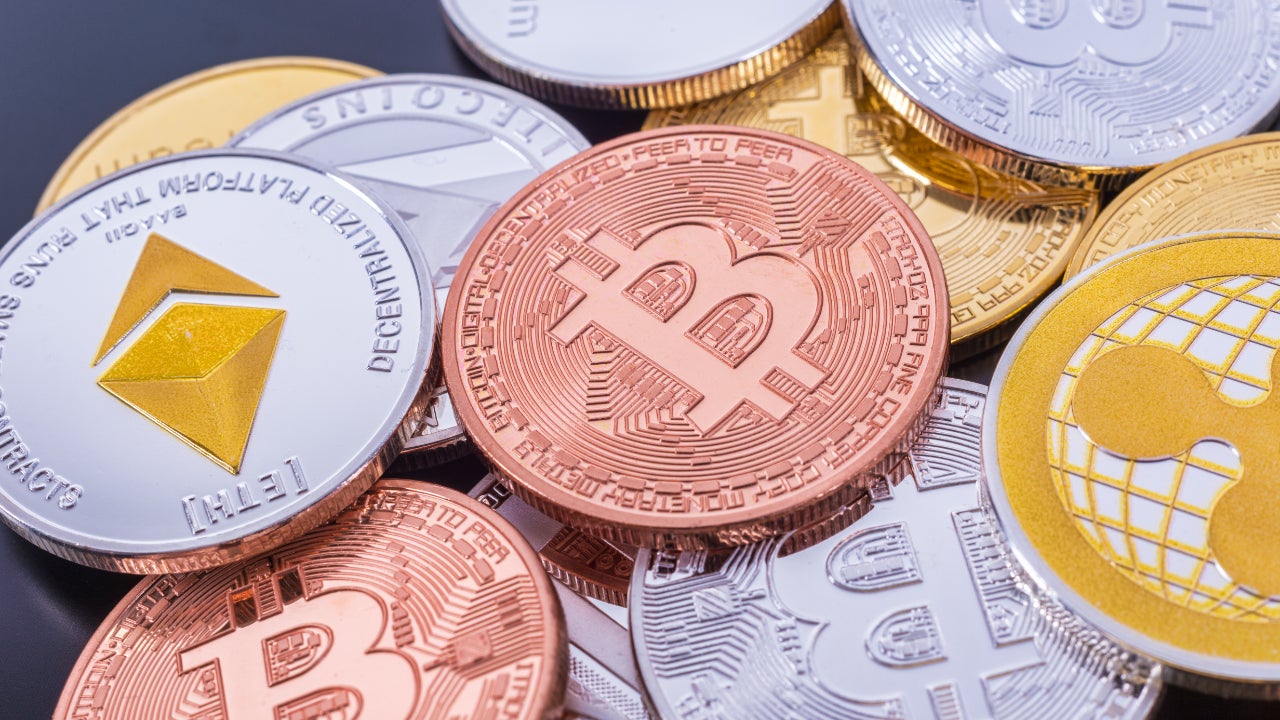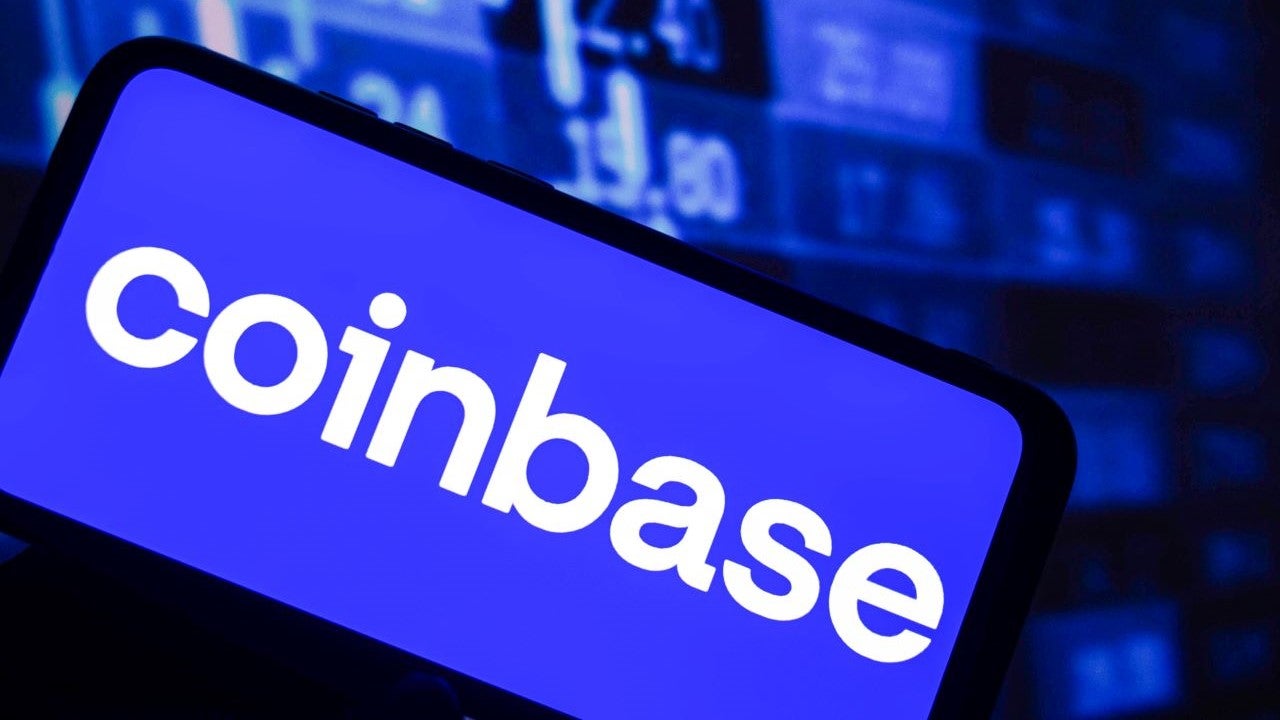What Are Bitcoin ATMs?

Key takeaways
- A Bitcoin ATM is a kiosk that lets you buy or sell cryptocurrency using cash or a debit card, without needing a bank account.
- Bitcoin ATMs charge fees ranging from 5% to 15% of the transaction amount, significantly higher than online crypto exchanges.
- There are over 38,000 Bitcoin ATMs worldwide as of 2025, with the U.S. hosting the majority of these machines.
- Most Bitcoin ATMs only allow purchases, though bidirectional machines let you both buy and sell cryptocurrency.
A Bitcoin ATM is a kiosk that lets you buy — and in some cases, sell — Bitcoin using cash or a debit card. They don’t connect to a bank account; instead, they transfer cryptocurrency to a digital wallet.
These standalone machines have exploded in popularity, with over 38,000 Bitcoin ATMs operating worldwide as of 2025, making cryptocurrency more accessible to people who prefer cash transactions or lack access to traditional banking services.
Whether you’re purchasing Bitcoin for yourself or sending it to someone else, Bitcoin ATMs are designed to make cryptocurrency transactions easier, though there are some trade-offs, especially as it pertains to fees. And buyers beware: Scams are common in the cryptocurrency space.
What Is a Bitcoin ATM?
Bitcoin ATMs differ fundamentally from traditional bank ATMs. Instead of dispensing cash from your checking account, these kiosks facilitate cryptocurrency transactions using physical currency or debit cards.
Types of Bitcoin ATMs:
- Buy-only machines: Allow cryptocurrency purchases only (most common type)
- Bidirectional ATMs: Enable both buying and selling of Bitcoin and other cryptocurrencies
Major operators dominate the Bitcoin ATM landscape, including Bitcoin Depot, CoinFlip and Coin Cloud. These companies own and maintain networks of machines across convenience stores, gas stations and shopping centers.
Unlike online cryptocurrency exchanges, Bitcoin ATMs don’t require lengthy account verification processes or bank account linking. This makes them best for people who want immediate access to cryptocurrency or those who prefer to keep their financial activities separate from traditional banking systems.
How Bitcoin ATMs work
Using a Bitcoin ATM is a fairly straightforward process, though specific steps vary by operator and machine type.
- Prepare your wallet: Before using a Bitcoin ATM, you’ll need a cryptocurrency wallet. This is where the Bitcoin will be stored, as it’s not connected to a traditional bank account.
- Verify your identity (if required): Depending on the machine and the amount of the transaction, you may need to scan a form of ID or take a picture of it to comply with regulations.
- Choose your transaction type: Most Bitcoin ATMs allow you to purchase Bitcoin, and some are bidirectional, meaning you can also sell it or send it to someone else.
- Insert cash: To buy Bitcoin, insert cash or your debit card to exchange into the ATM. The machine will calculate how much Bitcoin that amount is worth based on the current market rate and any fees.
- Enter wallet address: Scan your wallet’s QR code or manually enter the wallet address so the ATM knows where to send the purchased Bitcoin. If you’re sending Bitcoin to someone else, enter their wallet address instead.
- Receive Bitcoin: After processing, the Bitcoin will be deposited into the wallet address you provided.
- Selling Bitcoin (if available): Enter the amount you’d like to sell, and that amount to the ATM’s wallet address, and once confirmed, the machine will dispense cash or deposit it into your card.
Fees, limits and availability
Bitcoin ATM fees substantially exceed those charged by online cryptocurrency exchanges, reflecting the convenience and operational costs of maintaining physical locations.
| Transaction type | Bitcoin ATM fees | Online exchange fees |
| Buying Bitcoin | 6% – 20% | 0.1% – 1.5% |
| Selling Bitcoin | 5% – 15% | 0.1% – 1.5% |
| Network fees | Additional $3-10 | Varies by network |
Transaction limits vary significantly by operator and location:
- Daily limits typically range from $500 to $25,000
- Some machines impose per-transaction limits as low as $100
- Higher limits often require enhanced identity verification
Geographic availability concentrates heavily in urban areas, with Texas, California, and Florida hosting the most Bitcoin ATMs in the United States. Rural areas often lack access entirely, limiting options for cash-preferring cryptocurrency buyers.
Pros and cons of Bitcoin ATMs
Advantages
- Ease of access: Because cryptocurrency isn’t tied to a central system, anyone can buy or trade it, regardless of whether they have a bank account. The widespread availability of Bitcoin ATMs make it easy to buy (or sell) Bitcoin by trading in cash.
- Privacy: Bitcoin ATMs often don’t involve sharing your personal information, though in some cases they require you to scan an ID before completing a transaction.
- Ability to sell Bitcoin: Some Bitcoin ATMs come with bidirectional functionality, so customers can also use them to sell Bitcoin.
Disadvantages
- Lack of cryptocurrency options: Typically, Bitcoin ATMs only allow you to trade cash in for Bitcoin. If you’re looking to buy other types of cryptocurrency, you’ll likely need to go to an online crypto exchange.
- Frequent target for scams: One of the downsides to the anonymity and accessibility of Bitcoin ATMs is that they can easily be taken advantage of by scammers and fraudsters. In fact, consumers reported losing over $110 million to scammers in 2023, and more than $65 million in the first six months of 2024, according to Federal Trade Commission (FTC) data. If someone falls for a scam using a Bitcoin ATM, it’s especially difficult to track down the scammer and recover funds. These scams typically occur when another party — typically pretending to be a business or the government — messages or calls a Bitcoin holder, demanding that they transfer Bitcoin to their wallet for some reason. As a rule of thumb, remember that real businesses and government agencies won’t ask for payment in Bitcoin.
- Lack of protection: Bitcoin and other cryptocurrencies aren’t regulated by the federal government. That means that when you get Bitcoin from a Bitcoin ATM and add it to your digital wallet, it’s not insured by the Federal Deposit Insurance Corp. (FDIC), as it would be in a bank account.
Are Bitcoin ATMs safe?
Bitcoin ATM safety depends largely on the operator’s legitimacy and the user’s awareness of common scam tactics.
Common scam red flags:
- Unsolicited calls demanding Bitcoin payments to government agencies
- Romance scammers requesting cryptocurrency transfers
- “Technical support” scams claiming to fix computer problems for Bitcoin payment
- Investment scams promising guaranteed returns
The Federal Trade Commission reported that consumers lost over $110 million to Bitcoin ATM scams in 2023, with losses increasing to more than $65 million in just the first half of 2024.
To protect yourself, only send Bitcoin to people you know personally, and verify operator legitimacy through company websites. Never respond to unsolicited payment demands.
How to Find a Bitcoin ATM Near You
Several tools help locate nearby Bitcoin ATMs, with CoinATMRadar serving as the most complete directory. This platform shows real-time availability, fees and operator information for machines worldwide.
Bitcoin ATMs commonly appear in:
- Convenience stores and gas stations
- Shopping malls and retail centers
- Grocery stores
- Restaurants and bars
- Hotels and travel centers
Many machines operate 24/7, though some locations may restrict access based on host business hours. Always call ahead or check online to confirm availability and operating status.
Bottom line
If you’re interested in trading in traditional currency to buy Bitcoin — or selling Bitcoin you already have — Bitcoin ATMs could be a convenient way to do so. They can be found across the U.S. What’s more, you don’t need to share any bank account information to use them. All that’s required is a cryptocurrency wallet.
Look out for the fees these ATMs charge, though, which can be high. It’s also important to be wary of scammers, who often take advantage of the decentralized nature of Bitcoin ATMs. Finally, make sure you only send money to those you know and trust.
Bitcoin ATM FAQs
Why we ask for feedback Your feedback helps us improve our content and services. It takes less than a minute to complete.
Your responses are anonymous and will only be used for improving our website.







